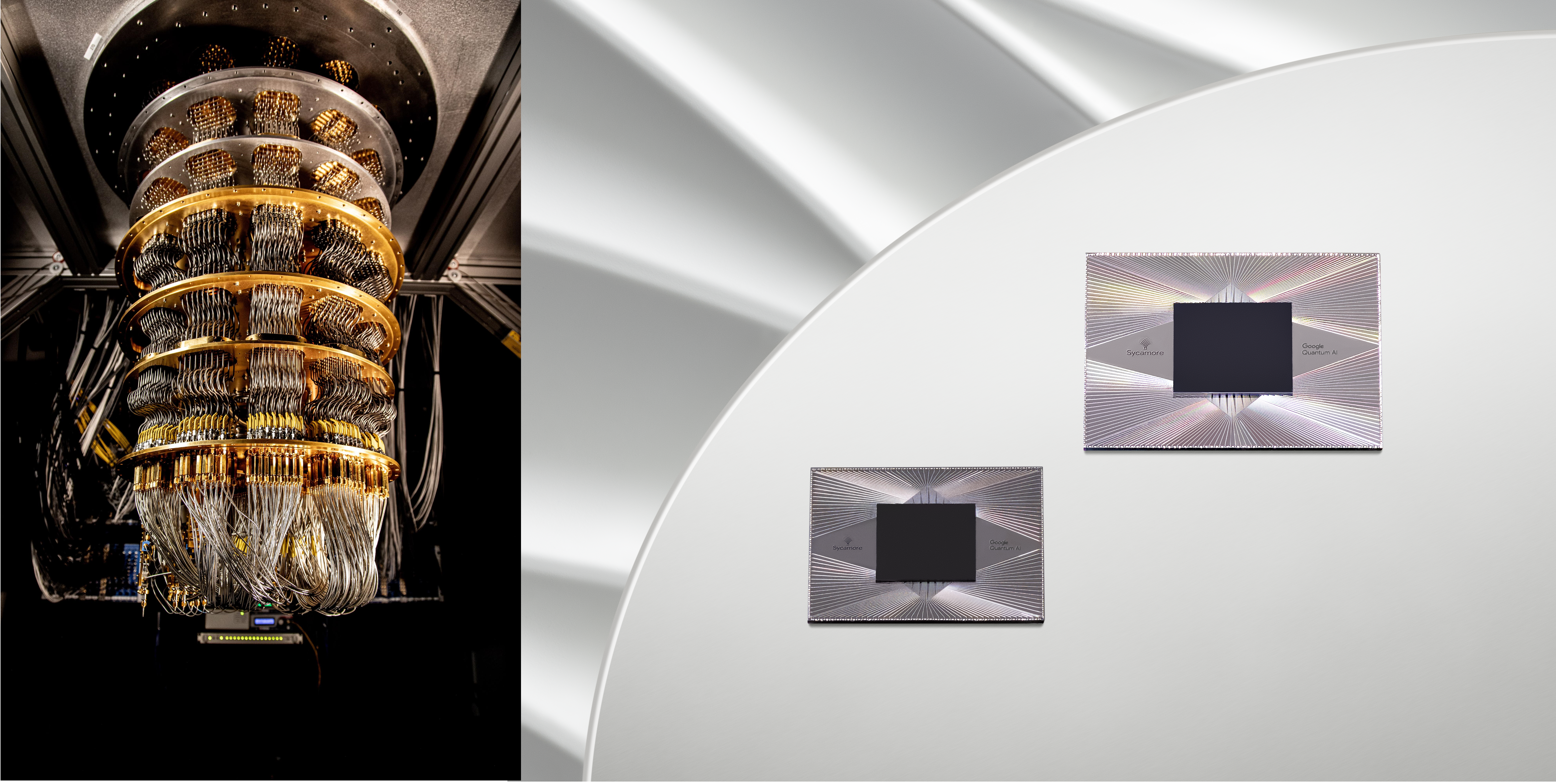Media release
From: Springer NatureQuantum computing: Improving error correction in quantum computers
A demonstration of quantum computing where error rates decrease as the size of error correction increases is reported in Nature this week. The work represents a step towards the development of scalable quantum error correction to enable quantum computers to reach sufficiently low error rates and run useful quantum algorithms.
Quantum computers, like their classical counterparts, are prone to errors caused by ‘noise’ (or disruption) from the underlying physical system; realizing their potential requires the reduction of error rates. One method of quantum error correction uses error-correcting codes, in which an ensemble of physical qubits (units of quantum information, equivalent to classical computer bits) form a logical qubit. This system, called a surface code logical qubit, can detect and correct errors without affecting information, but scaling up such systems means manipulating more qubits, which may introduce more logical errors. For logical performance to improve with increasing code size, the overall error correction needs to outweigh the additional logical errors.
Hartmut Neven and colleagues at Google Quantum AI demonstrate that a surface code logical qubit can lower error rates as the system size increases. They created a superconducting quantum processor with 72 qubits and tested it with two different surface codes: one called a distance-5 logical qubit (on 49 physical qubits), and smaller ones called distance-3 logical qubits (on 17 physical qubits). The larger surface code was shown to enable better logical qubit performance (2.914% logical error per cycle) than the smaller surface code (3.028% logical error per cycle). The authors note that more work is needed to reach logical error rates required for effective computation, but this work demonstrates a fundamental requirement for future developments.
**Please note that an online press briefing for the paper below will take place UNDER STRICT EMBARGO on Tuesday 21st February at 4 pm London time (GMT) / 11 am US Eastern Time**
Hartmut Neven, Julian Kelly and Charina Chou will discuss the research. This will be followed by a Q&A session.
To attend this briefing you will need to pre-register by following the link here. Once you are registered, you will receive an email containing the details for the briefing. You will also be provided with the option to save the details of the briefing to your calendar.




